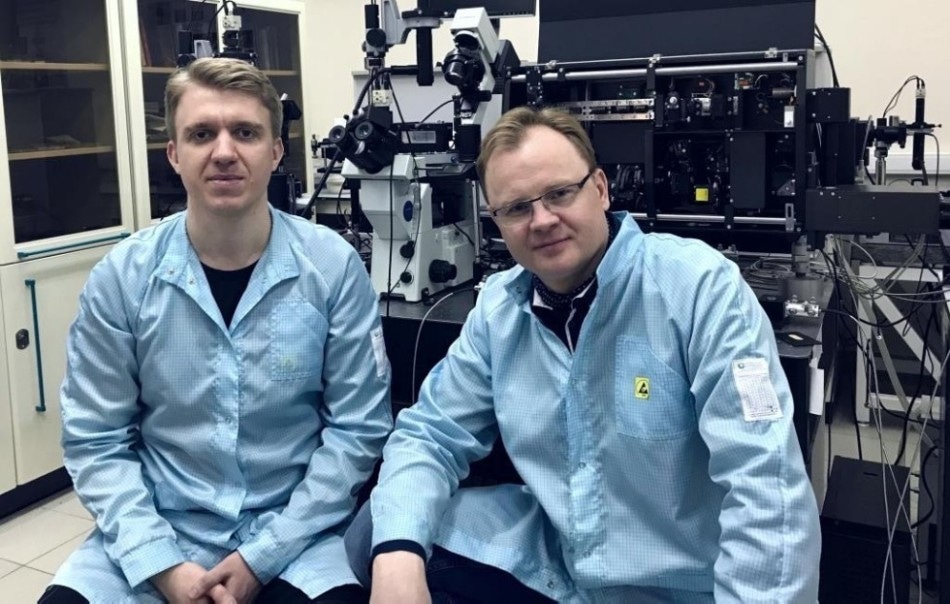Apr 1 2019
High-resolution optical microscopy techniques assure innovations in biology, medicine, and materials science. Now, their potentials essentially reach those of scanning electron microscopy.
 (Image credit: Kazan Federal University)
(Image credit: Kazan Federal University)
The main advantage of optical microscopy is that it provides nondestructive chemical analysis of single molecules exposed to continuous-wave low-powered laser light. Unlike scanning electron microscopy, this allows one to perform 3D visualization and spectral analysis of intrinsic structure of nano-objects, and also get insights into processes in living cells.
Sergey Kharintsev, Head, Nano-Optics Laboratory, Kazan Federal University
Recently, fluorescence microscopy has turned out to be the most widely used technique for biology and medicine, states Professor Kharintsev. Its major limitation is that it requires fluorescent labels that have to be non-hazardous and photostable. In addition, other factors include fluorophore costs and labor-intensive sample preparation.
The study proposes that one of the solutions for ultrahigh resolution microscopy is a superlens, which was first put forward by John Pendry (Imperial College London, UK) in 2000. The lens resembles a sandwich with a dielectric layer placed on either side of a metallic film. Superresolution is realized with the optical near-field enhancement through surface plasmon resonances. Recently, an innovative program for the practical execution of such superlens has been presented by Vladimir Shalaev(Purdue University, USA), who proposed using a nano-composite metal-dielectric film. This allows the superlens to function at a modifiable single frequency.
“We propose to use a nano-structured metal-dielectric film that exhibits a double epsilon-near-zero behavior near the percolation threshold,” continues Sergey Kharintsev. “The material in question is titanium oxynitride, a compound first synthesized by Andrei Mihai’s group at Imperial College London. Such a superlens provides ultrahigh spatial resolution due to stimulated Raman scattering. Consequently, we have succeeded to achieve a spatial resolution of 8 nm and 80 nm in the near-field and far-field, respectively. Importantly, obtained optical images are formed with a standard objective only, not using optical nano-antennas, designed laser beams, or fluorescent labels.”
The Russian Science Foundation has supported the study. The study is titled “Synthesis and research of ultra-thin magnetic heterostructures with potential spintronic and optronic applications”; Professor Lenar Tagirov (Institute of Physics, Kazan Federal University) is at the helm. Sergey Kharintsev’s PhD student Anton Kharitonov has prepared his PhD thesis based on the results.